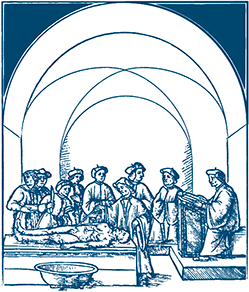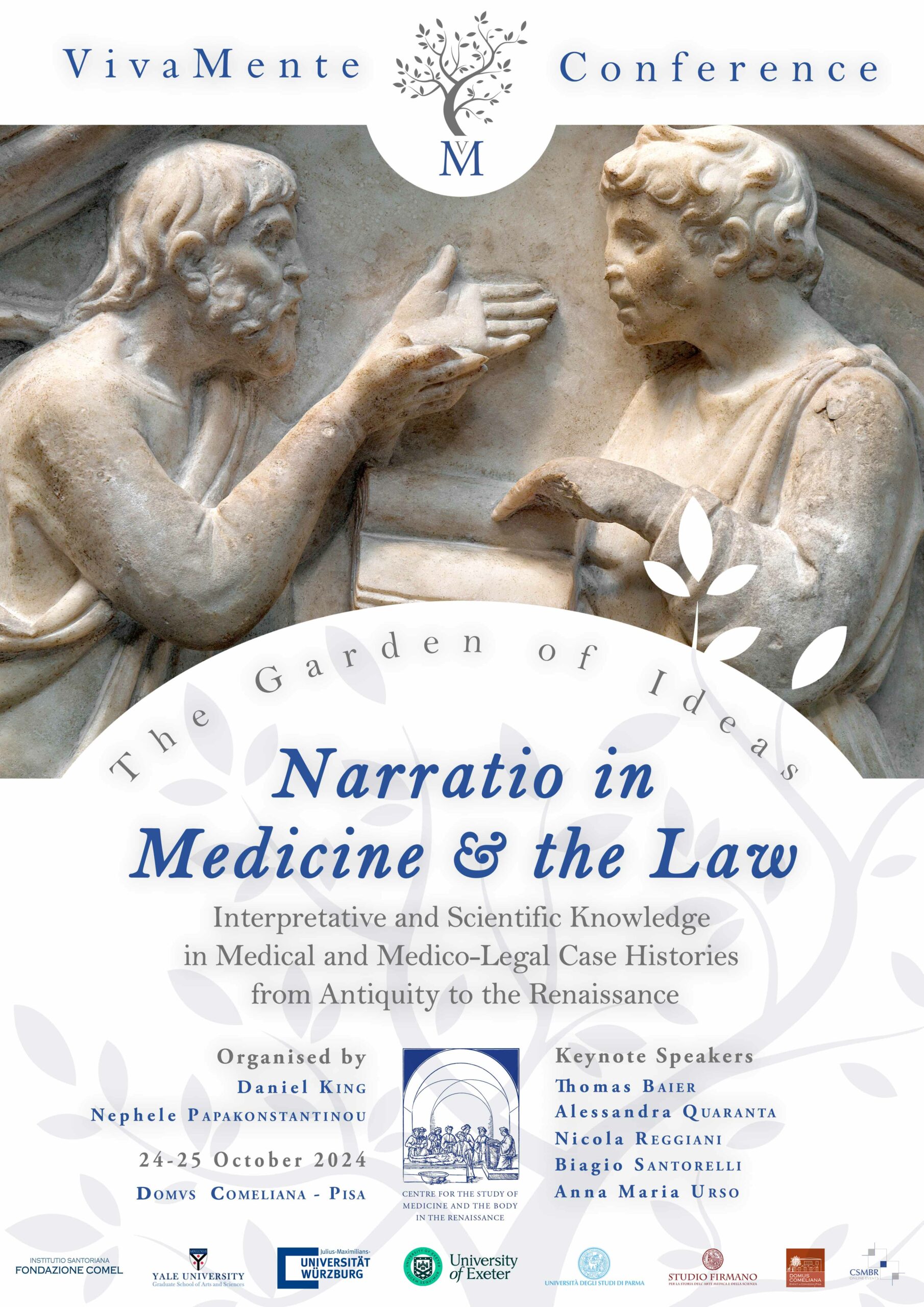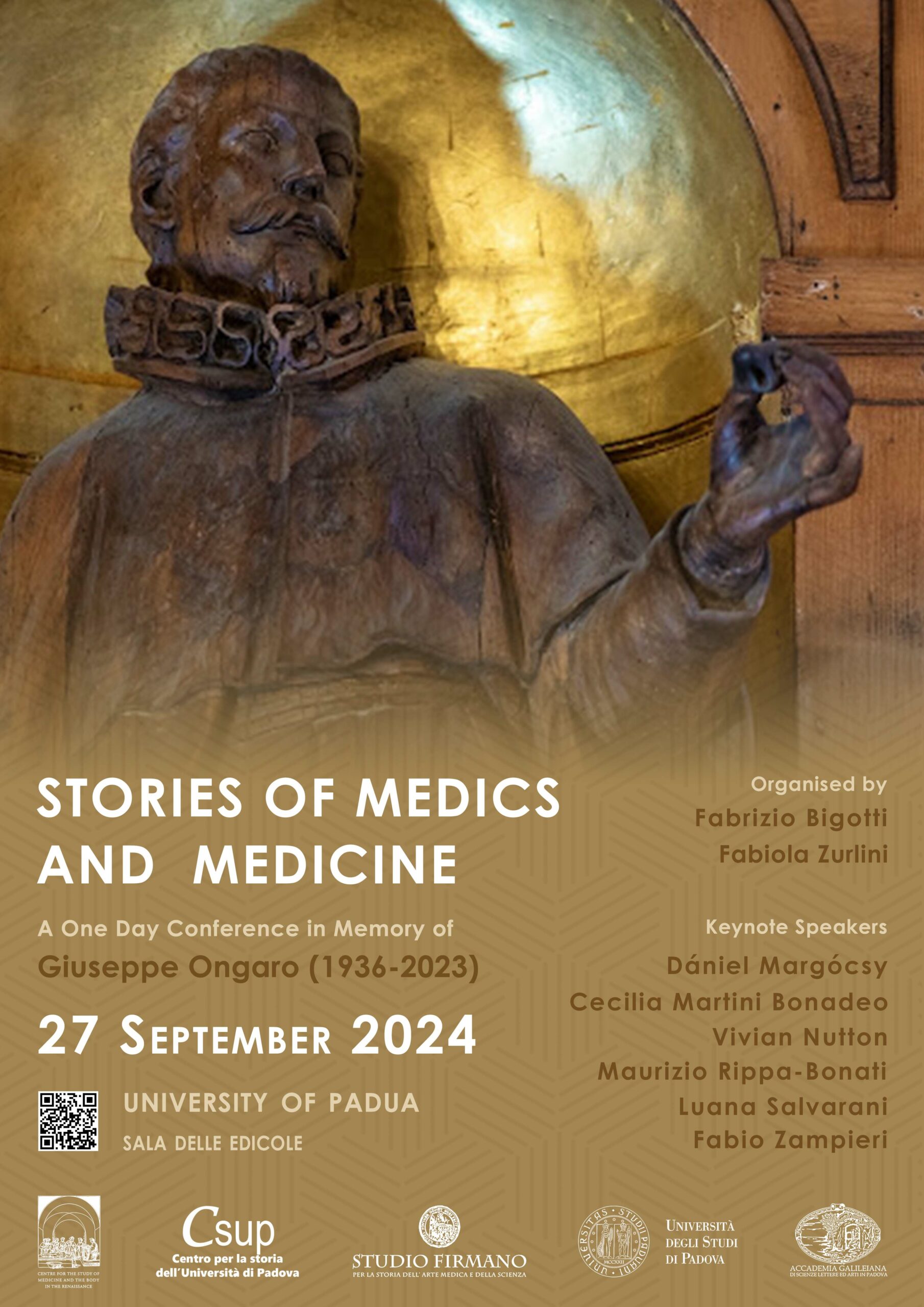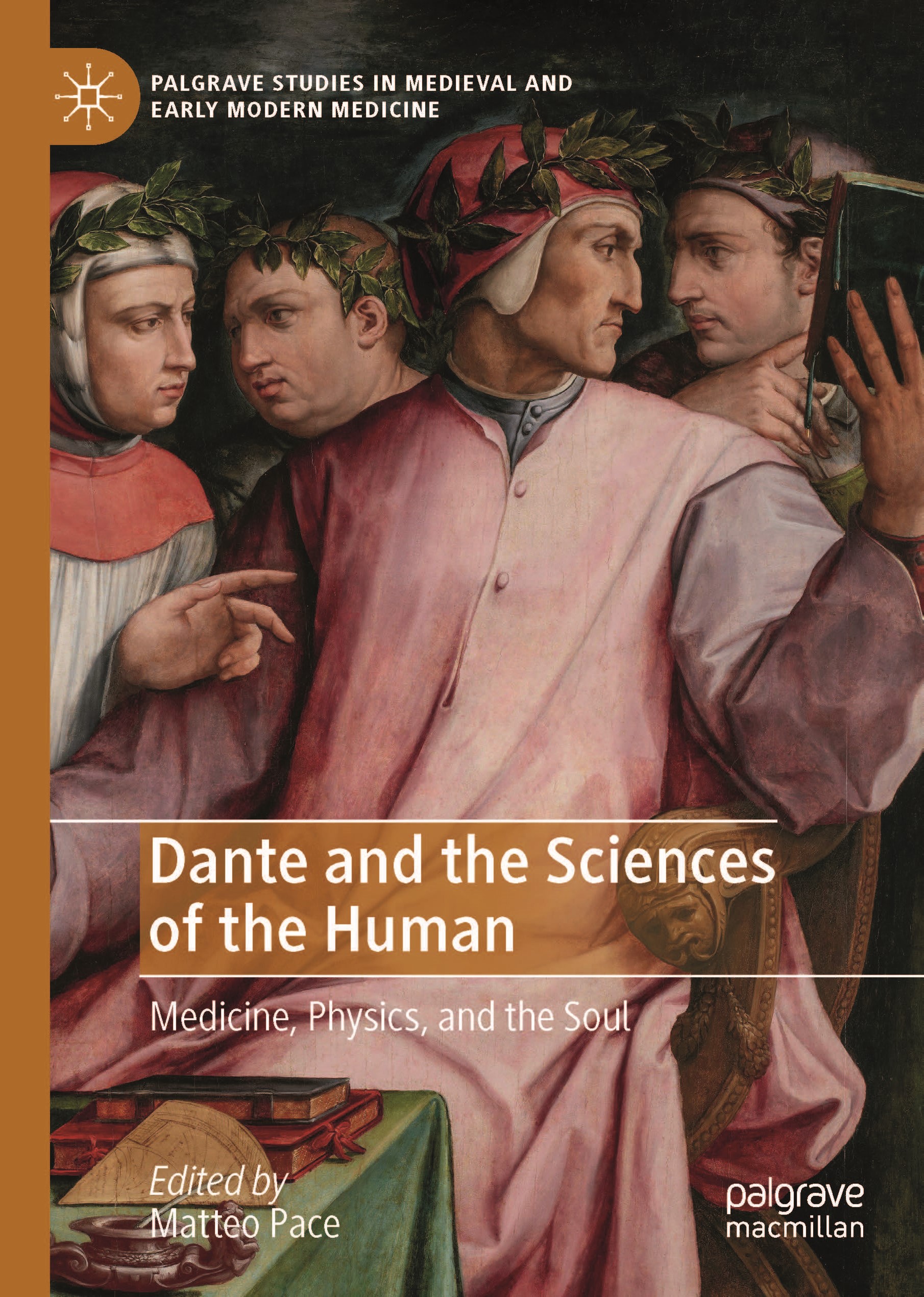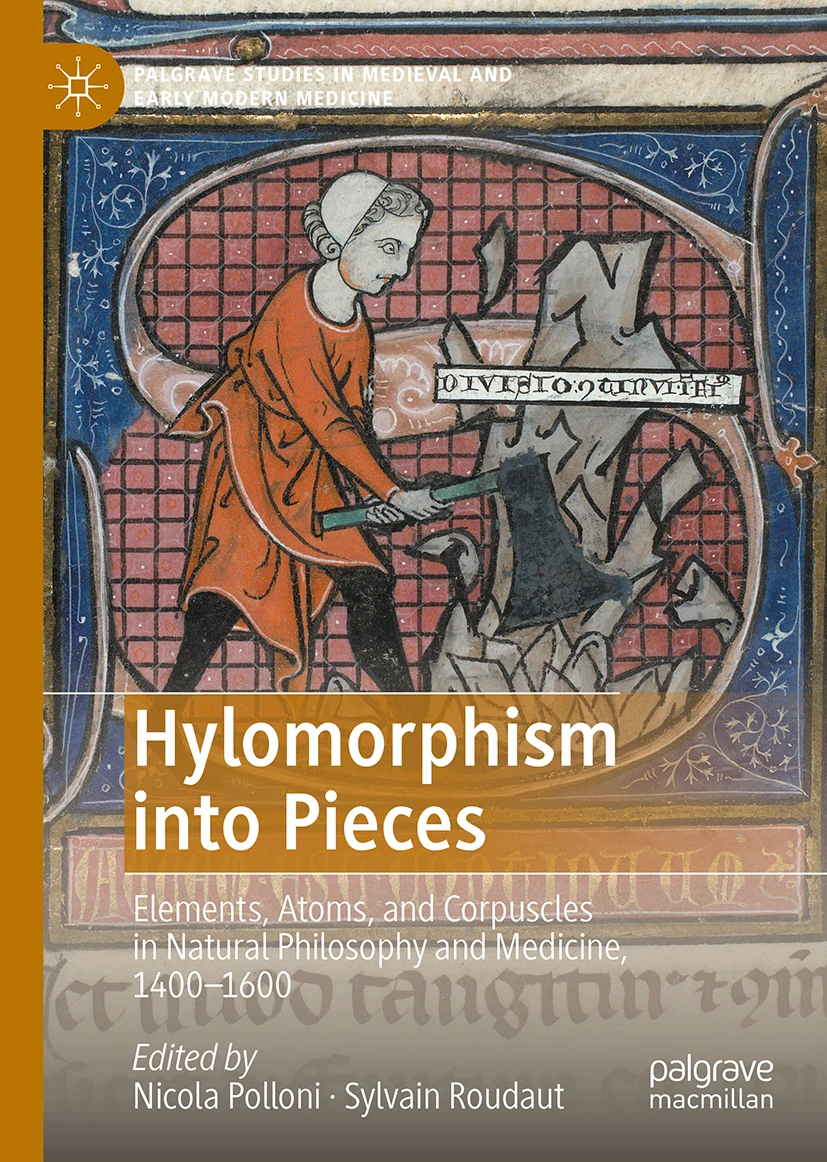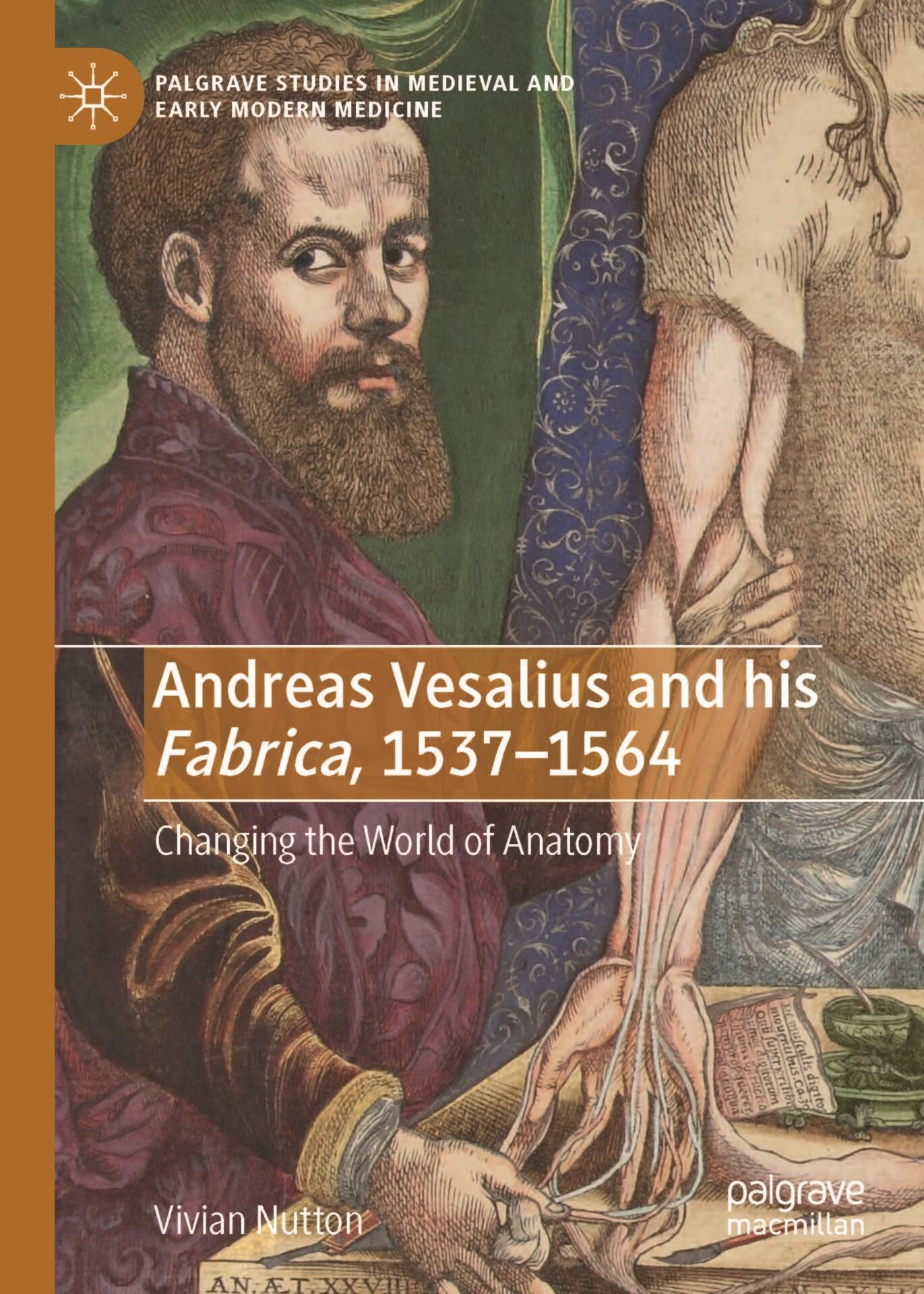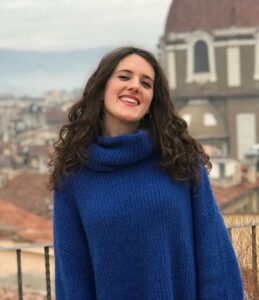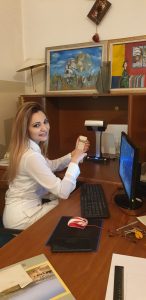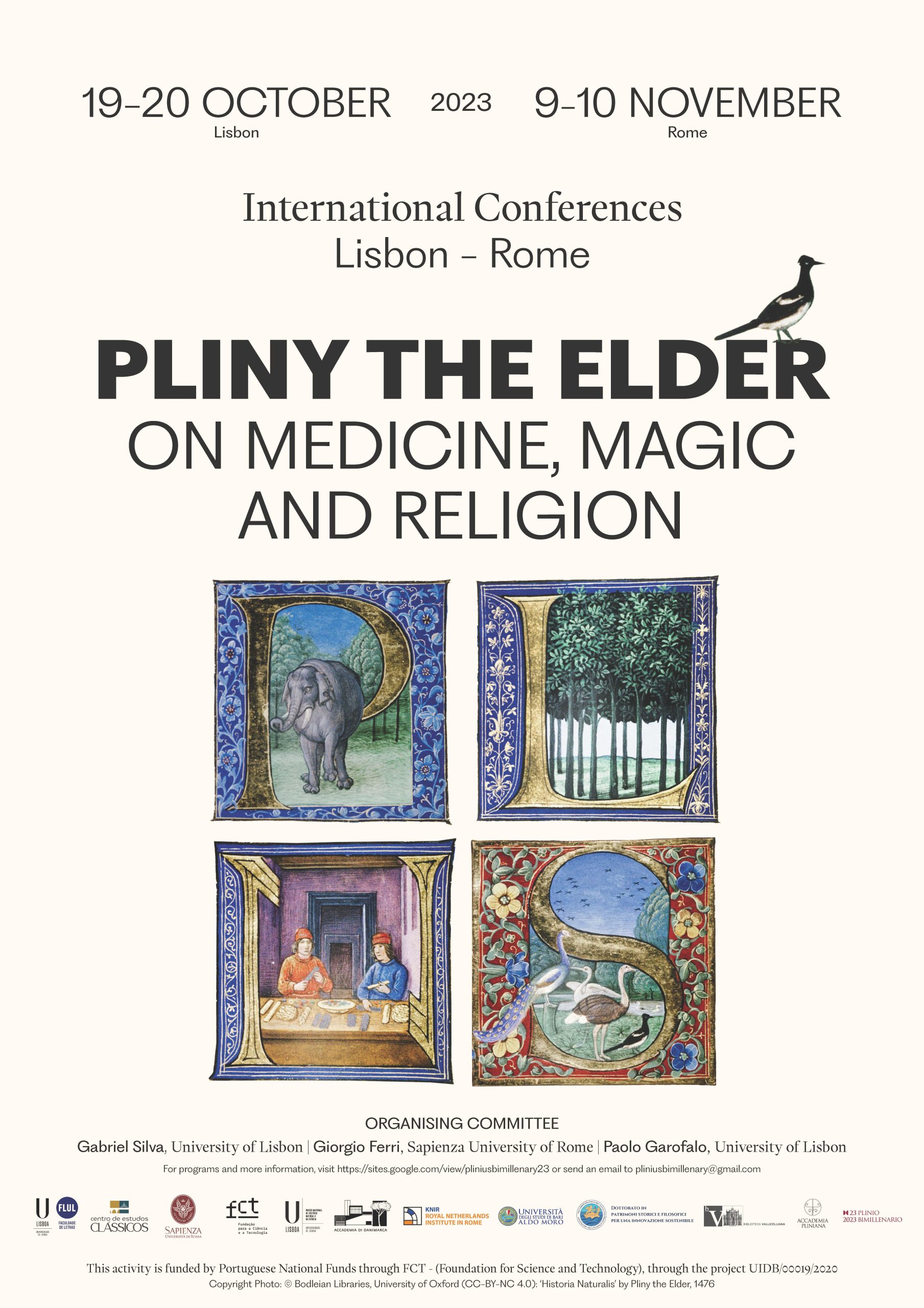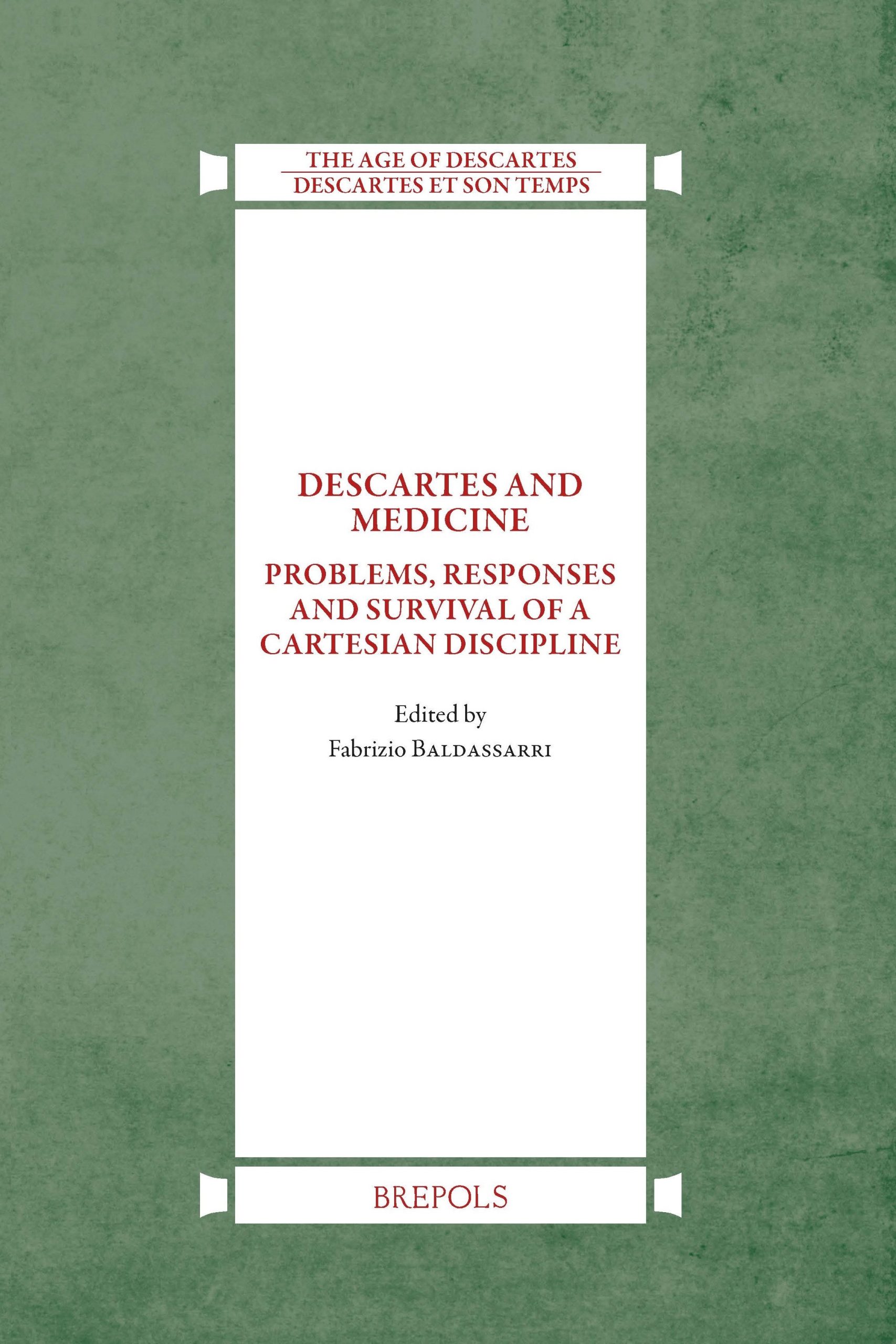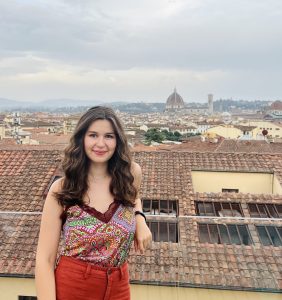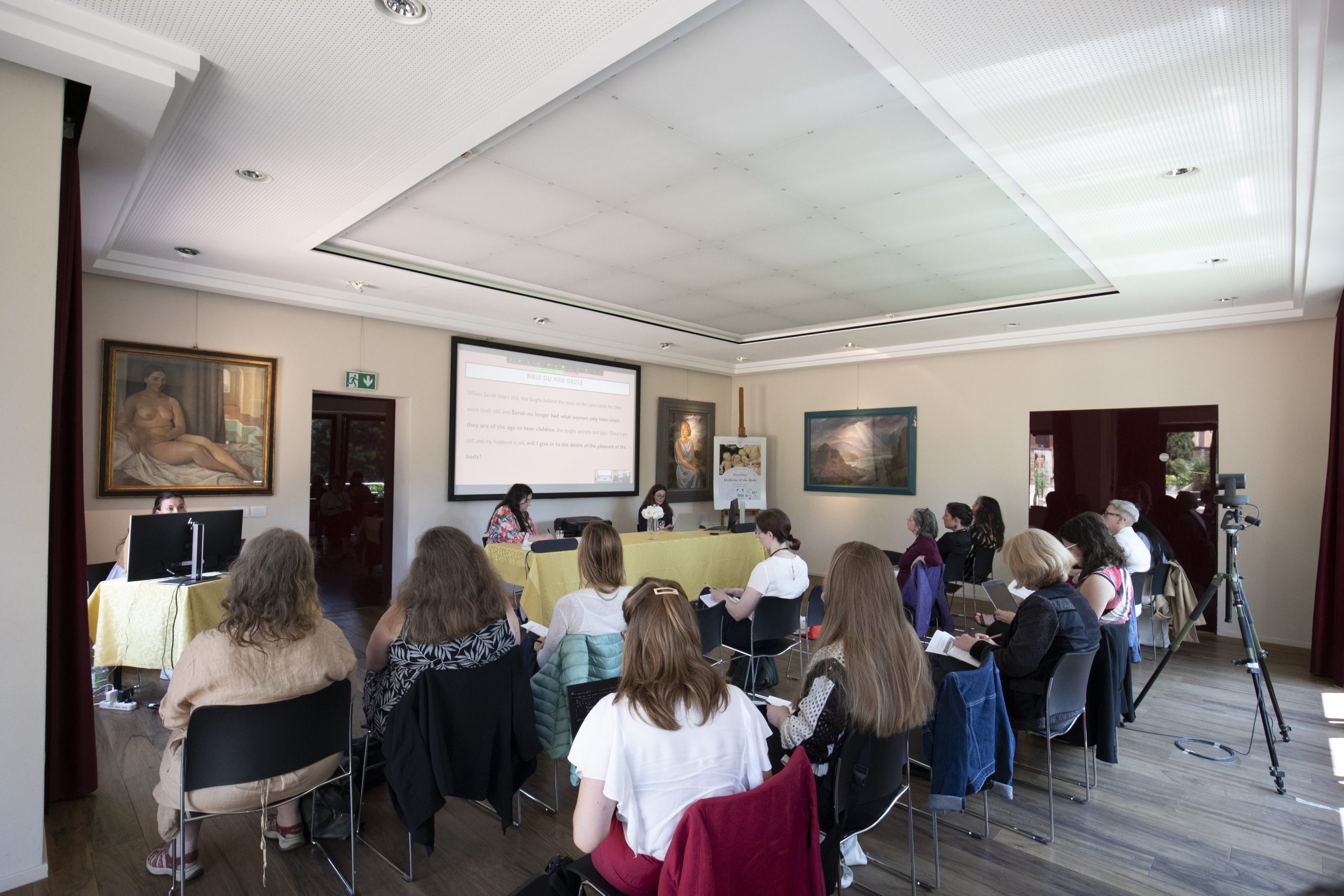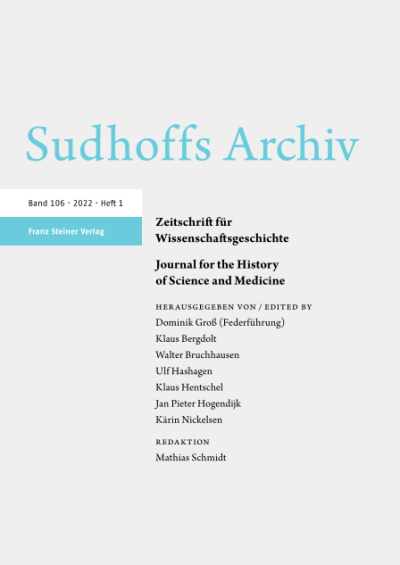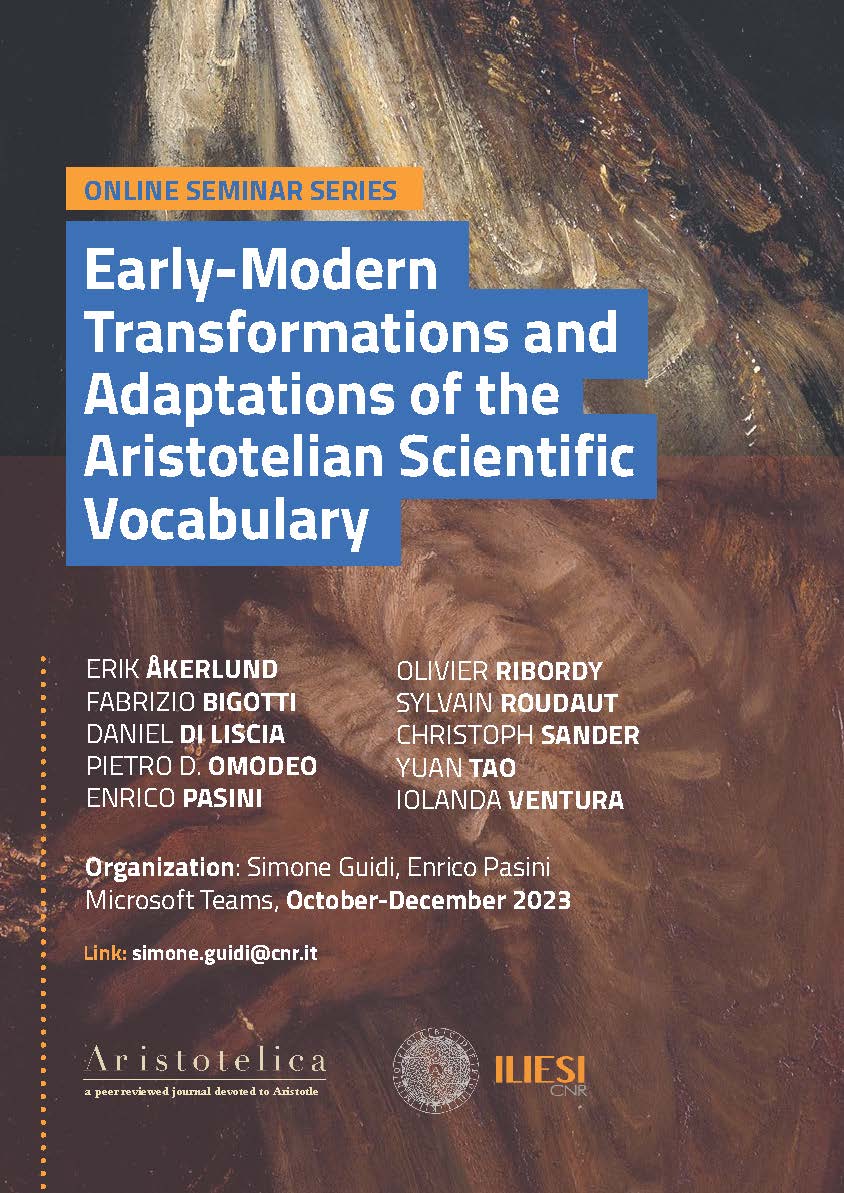Chronicles is the online journal of the CSMBR Community where you can find the latest news about our fellows’ activities, including book publications, conferences, colloquia, grants, interviews and much more.
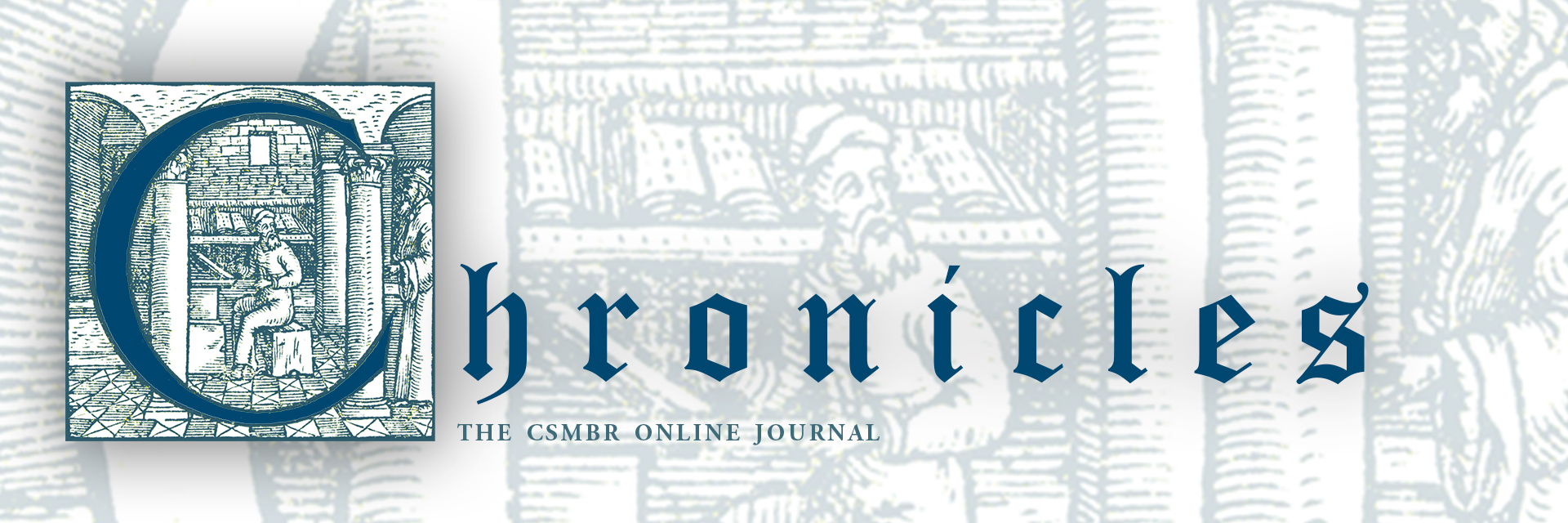
New Collaborations
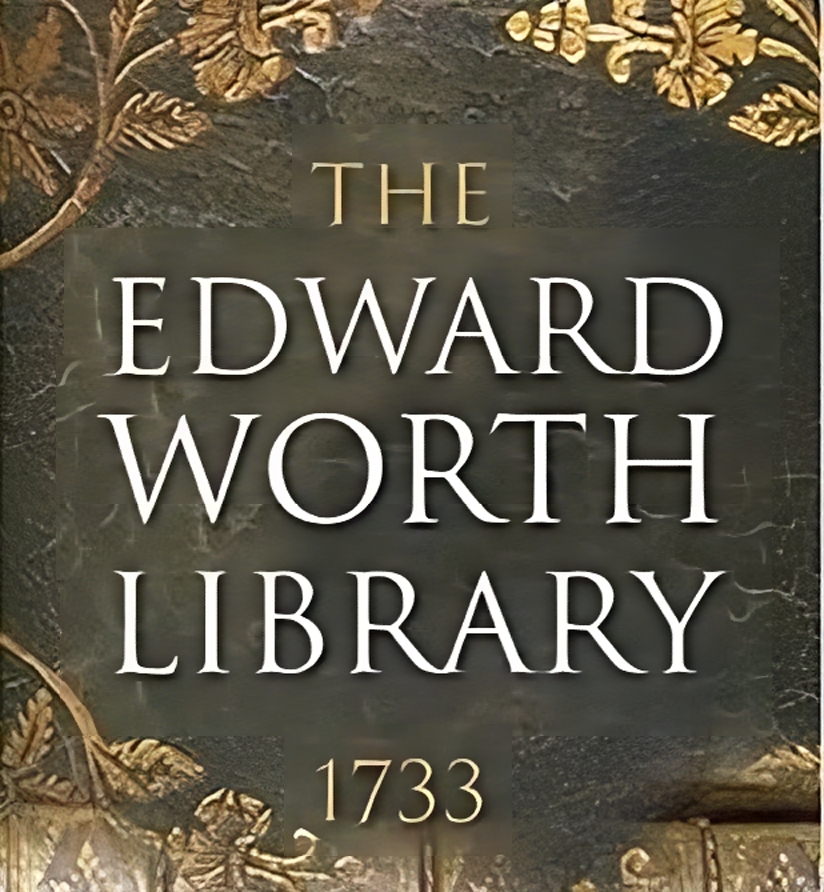
Summer time brings another important collaboration to the centre, as the venerable Edward Worth Library (1733) joins the CSMBR partnerships worldwide. This partnership marks a significant milestone in our mission to advance the study of medicine, science, and the body during the Renaissance.
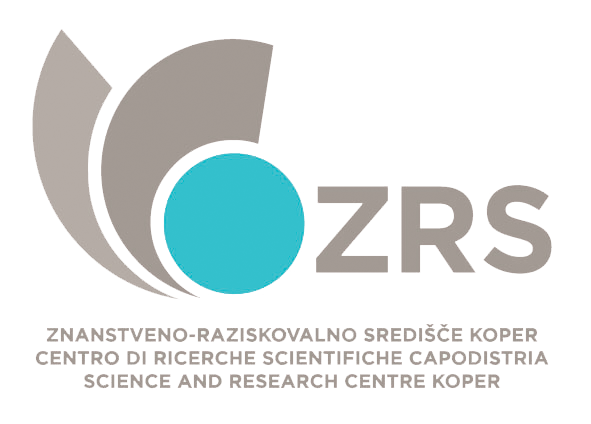
We are very pleased to announce another important international cooperation with the ZRS, the Science and Research Centre of Koper – Slovenia. Founded on 1st December 1994, its research activities are grounded in interdisciplinary work, involving humanities, social and natural sciences, with a focus on the environments of the Mediterranean, the upper Adriatic region and central Europe. We look forward to exploring new ways of fostering research in medical humanities, arts, and sciences.
VivaMente Conference
This VivaMente conference explores the intersections of narrative, rhetorical persuasion, and factual evidence in medical and medico-legal case histories from Antiquity to the Renaissance focusing on the longue durée development of medical and medico-legal consilia.
Upcoming Conferences
This conference explores the use of alchemical remedies and processes in the cultural and intellectual context of pre-modern Europe, focusing especially on medical alchemy, whose ultimate goal was to create the elixir, a universal remedy capable of curing all diseases.
This conference explores the use of alchemical remedies and processes in the cultural and intellectual context of pre-modern Europe, focusing especially on medical alchemy, whose ultimate goal was to create the elixir, a universal remedy capable of curing all diseases.
New Titles in the PSMEMM Series
This collection delves into Dante Alighieri’s profound influence on medieval and early modern medical, scientific, and spiritual thought. It examines his interdisciplinary impact on understanding the body and mind, and his enduring legacy in various fields.
Focussing on late medieval and early modern philosophy and medicine, this edited collection explores the replacement of hylomorphism—the dominant theory of bodies in the Middle Ages—with new theories of matter such as corpuscularianism and atomism at the dawn of the Modern period.
This monograph, by one of the world-leading experts on sixteenth-century medicine, studies a little-known period of Vesalius’ work, focusing on his revisions, annotations, and the impact of De humani corporis fabrica since its 1543 publication.
Latest from the CSMBR Community
From Galenic to Alchemical Medicine: Unexpected Pathways and Unexplored Sources
As a 2024 Santorio Global Fellow, Serena Mambriani will Spend a Formative Period of Study at Yale Tracing the Changes in Medical Education over the Centuries.
Serena, Congratulations on this prestigious Award. Would you tell us about yourself and your research interests?
Sure, I received the MA in Pedagogy at Parma University in 2022, where I am now a PhD. student in History of Education. My research project complies with the health education processes and investigates the training received by healthcare professionals and the influence of traditional knowledge, as well as the strategies of formal and informal health education promoted by governments between the Seventeenth and Eighteenth centuries in Northern Italy. Although my course of study adheres to the educational disciplinary area, my research interests have focused on the history of education and medicine since my bachelor’s thesis. It all started with the discovery of an unexplored archive, where I found an epistolary exchange about how to encourage the diffusion of the smallpox injection. However, the interest in medical practices has been a part of me since I remember: when I was only a kid, one of my favorite books was a medical encyclopedia about the human body, its peculiarities, and pathologies.
Your research project sounds groundbreaking. Could you elaborate on how you plan to investigate these historical debates and what specific outcomes you hope to uncover?
How did the debate between Galenic medicine and iatrochemistry influence the medical education processes? What were the consequences of the diatribe on the medical profile regarding skills and knowledge? During training praxis, which materials did the physician implement? Through a historical reconstruction, I will try to answer to these questions. I’ll investigate the outcomes of the debate between galenic and chemical medicine on the physicians’ training processes, developed in the Seventeenth and Eighteenth centuries in Western Europe, by analyzing the archival sources preserved in the Yale University’s book collection. The project will form the first chapter of my doctoral dissertation and, starting from an interdisciplinary perspective, it would offer the opportunity to conduct a comparative study, and connect the Yale University book heritage with the sources preserved in the Archive of the Ancient Congregation of Charity San Filippo Neri and the Archive Vitali Verga in Parma.
Can you describe the process and how you approach interpreting archival documents in your work?
The approach I will apply is based on the triangulation the archival sources, reading and textual analysis, and the interpretation of documents. The peculiarity of the applied methodology is that the research was not inspired by a predefined topic that could guide the activity’s design and direct the focus from the outset. The primary intention was to highlight Yale’s archive heritage, analyzing the material through historical and pedagogical skills and knowledge. This step is central to explain how the activity of collecting and reading archival documentation will be conducted, at least in the preliminary phase. Through this investigative exercise, the aim is to promote a historical method in the study of educational approaches, which reference an ever-changing sociocultural complexity.
Why do you believe your project will have a significant impact on our understanding of historical medical education?
The research project could be an opportunity not only to enhance the archival heritage of Yale University but also to establish comparative studies with local archives in Parma. Moreover, the impact of the debate between chemical medicine and Galenic medicine on the development of educational paths for physicians remains scarcely investigated, while numerous studies already outline the evolution of chemical medicine during the Seventeenth century.
Lastly, why did you choose to apply for the Santorio Global Fellowship?
Since my research interests focus on a field which sees the intersection of the history of medicine and science and the history of education, I thought that the Santorio Global Fellowship would be a unique opportunity to explore international archives and expand my knowledge and skills in these disciplinary areas. Exploring Yale University’s book heritage and including its sources in my doctoral dissertation would give to my research an exceptional comparative perspective, connecting them with the local archives that I survey in Parma.
VivaMente 2024
Intersecting Paths: Nephele and Daniel on the Convergence of Medicine, Law, and History
A Deep Dive into the VivaMente Grant-Funded Conference 2024
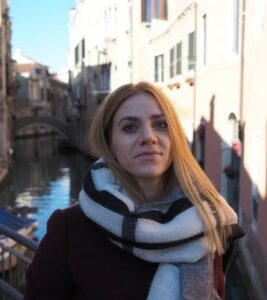
Nephele Papakonstantinou
Congratulations on being awarded the VivaMente Grant for your upcoming conference. Can you tell us about the inspiration behind “Narratio in Medicine and the Law”?
Nephele: Thank you! The inspiration really stemmed from our individual research projects—mine in legal medicine and Daniel’s in diagnosis. We noticed a fascinating intersection between rhetoric and factual evidence in medical and medico-legal case histories. This conference aims to explore those intersections across various eras.
What specific goals do you have for this conference?
Daniel: Our main goal is to reassess the historical evolution of case histories or consilia as a specific literary form of medical and medico-legal writing, particularly focusing on its role in justice administration. We’re excited to delve into new questions and contribute to the ongoing debate in this field.
The conference covers a wide range of eras. How did you decide on this broad scope?
Nephele: We wanted to highlight the continuity and transformation of medical and medico-legal narratives from Graeco-Roman Antiquity, through Medieval Islamic medicine, to the Renaissance. This wide scope allows us to compare and contrast different cultural approaches to medical truths and their legal interactions.
It sounds like a highly interdisciplinary event. What do you hope to achieve by bringing together specialists from various fields?
Daniel: By drawing on the expertise of specialists in Classics, legal history, history of medicine, and the sciences, we aim to foster a rich, interdisciplinary dialogue. We believe this will offer new insights into how medical truths were shared and communicated across cultures and times, especially in relation to the law.
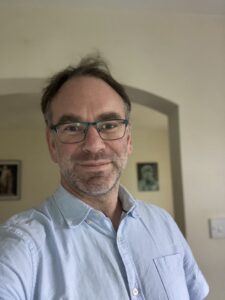
Daniel King
